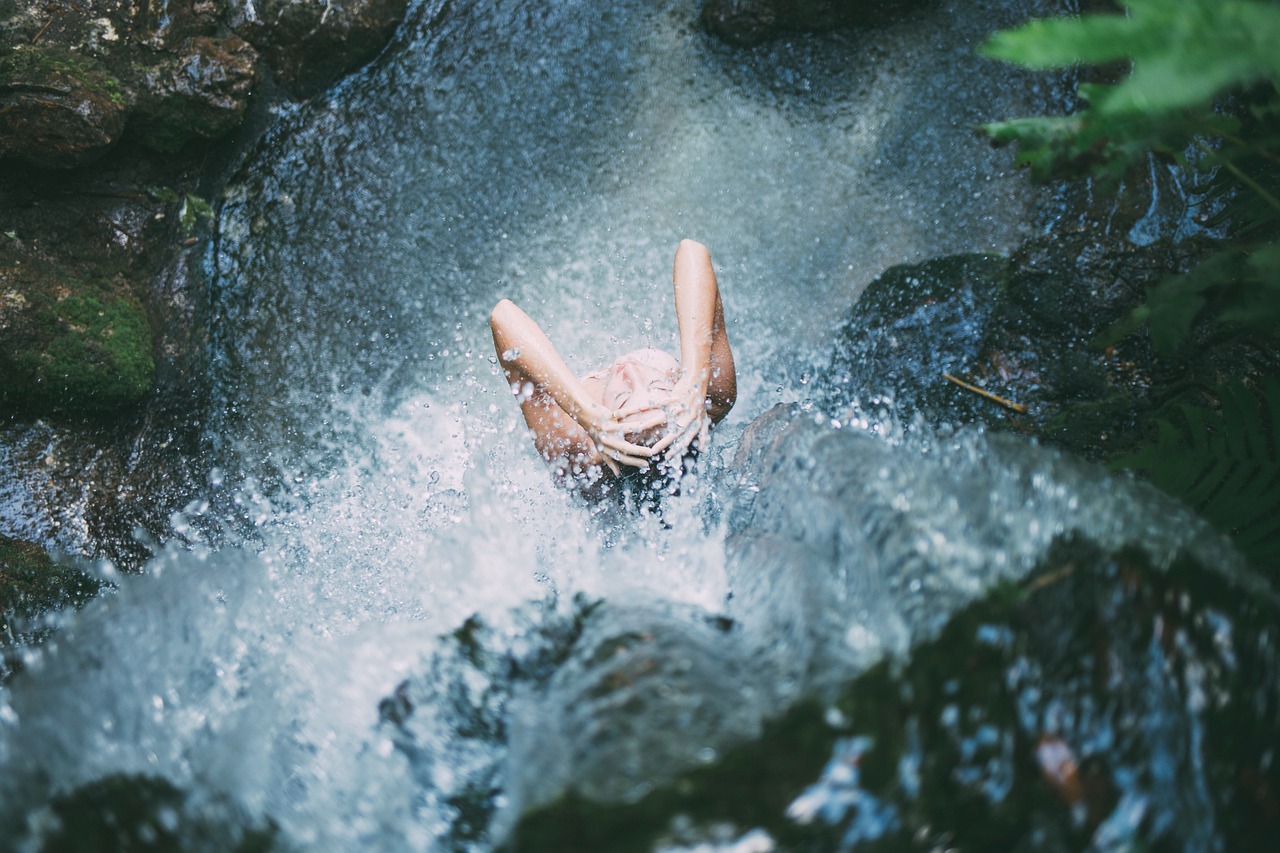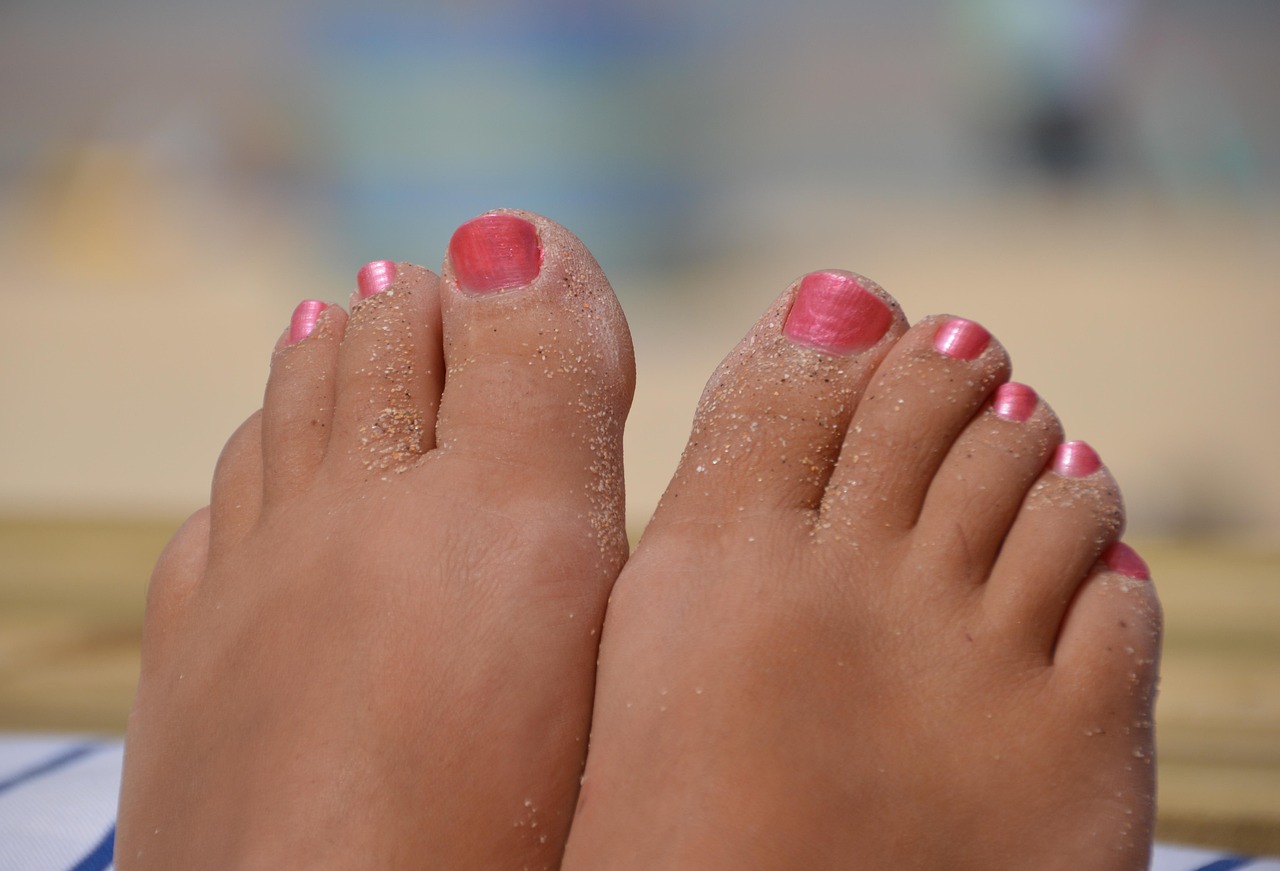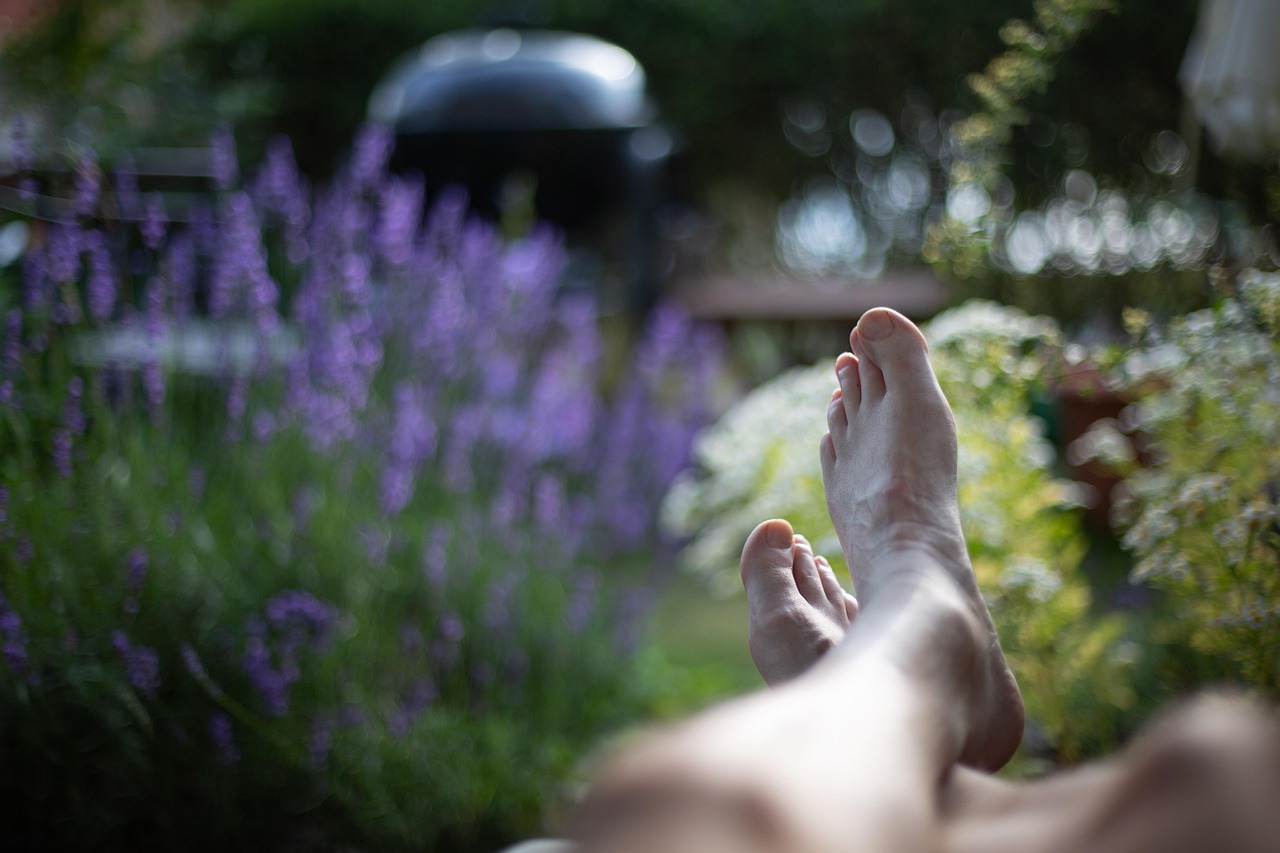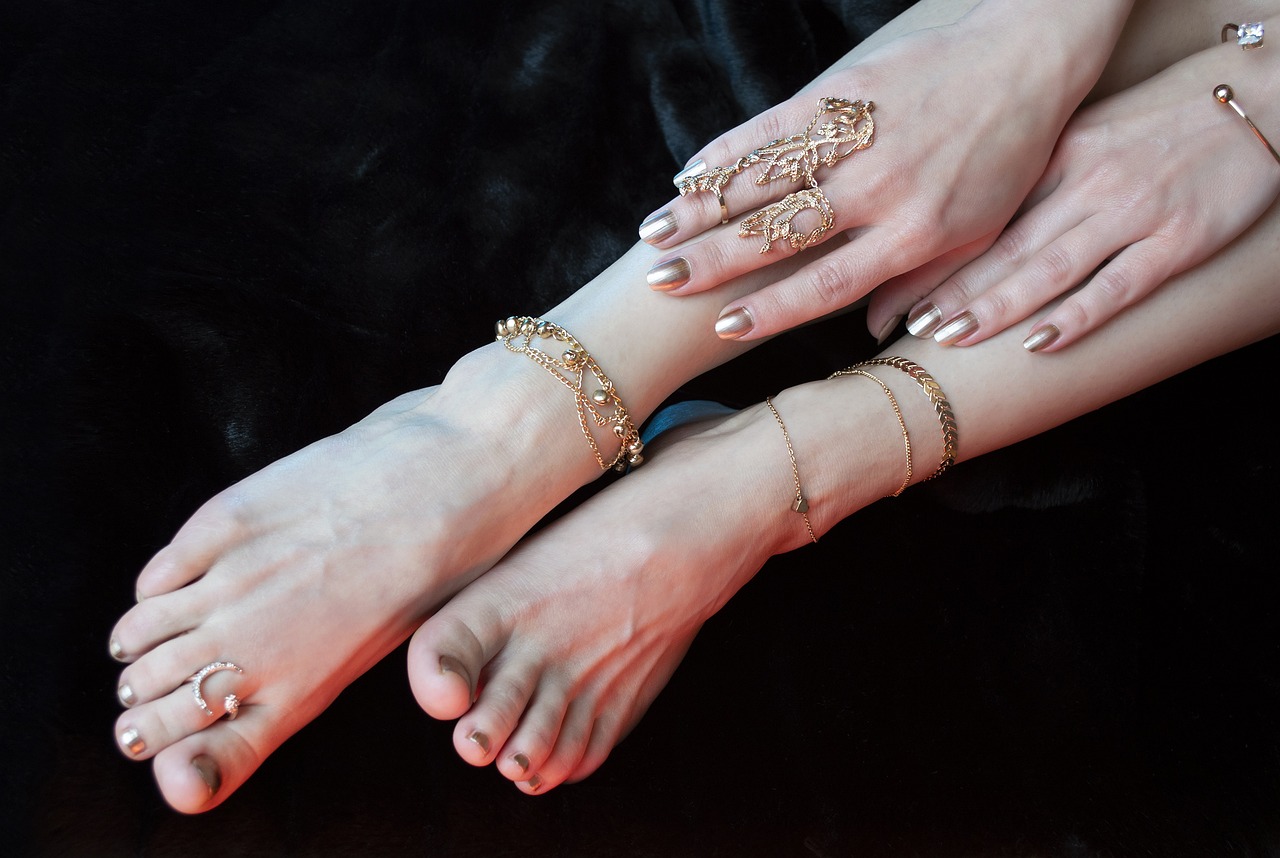Turns out, even self-care can backfire on your heels.
A long, hot shower can feel like the ultimate act of self-care — soothing, relaxing, and rejuvenating. But if your heels feel dry, cracked, or irritated even after your shower… the shower itself might be to blame.
Surprisingly, standing in the shower — especially for extended periods — can contribute to heel damage, especially if certain habits are involved. In this post, we’ll break down how water exposure, heat, and friction affect heel skin, and how you can prevent shower-induced heel issues with smarter care and The Beauty Pure essentials.
Table of Contents
Toggle🚿 How Showering Affects Heel Skin
Let’s get one thing clear: cleaning your feet is necessary. But prolonged or improperly done showering can lead to:
🔹 1. Over-Hydration (aka “Maceration”)
Standing in hot water softens the outer layer of the skin too much, breaking down your skin barrier. This leaves your heels:
- More vulnerable to cracks
- Less elastic
- Prone to peeling or flaking once dry
🔹 2. Loss of Natural Oils
Hot water and harsh soaps strip away sebum — the skin’s natural moisturizer. And since heels don’t have oil glands, they’re especially prone to dryness.
🔹 3. Friction from Standing and Movement
Even just standing still causes water to pool around your heels. Combined with heat and pressure, this weakens the skin structure, leading to micro-tears and roughness.
🔹 4. Drying the Wrong Way Afterward
Most people step out and rub their feet vigorously with a towel — causing irritation on already-sensitive heel skin.
💡 The result? Showers that should hydrate your body end up leaving your heels worse than before.
🧴 How to Prevent Heel Damage in the Shower
You don’t need to shorten your shower or give up hot water entirely — just make a few tweaks to protect and nourish your feet properly:
✅ 1. Keep Showers Short & Moderate in Temperature
Try to keep showers under 10–12 minutes and avoid extreme heat. Lukewarm is best for preserving skin hydration.
✅ 2. Use Gentle, pH-Balanced Soap on Feet
Avoid drying or heavily scented cleansers. Stick to mild, skin-friendly products and rinse thoroughly.
✅ 3. Don’t Let Water Pool Around Your Feet
If you tend to stand in a steamy puddle, consider lifting your heels slightly or using a shower mat that drains more effectively.
✅ 4. Pat Feet Dry — Don’t Rub
Use a soft towel to press away moisture, especially around the heel. Avoid rubbing or scraping.
✅ 5. Apply Cream Immediately After Drying
This is your golden minute. Skin is still porous and most receptive.
- For daily care:
👉 Lapitak Foot Care Cream - For cracked or dry heels:
👉 Lapitak Cream for Cracked Heels
Apply within 2–3 minutes of toweling off for best absorption.
👣 Bonus: Night Routine After Showering
If you shower at night, this is a perfect time to lock in extra moisture and let your skin repair while you sleep.
- Apply cream generously
- Put on clean cotton socks
- Elevate feet slightly if you’re experiencing swelling or pressure discomfort
🧠 Is This a Big Deal?
Yes — especially if:
- You already suffer from dry skin, eczema, or cracked heels
- You take long showers daily
- You walk barefoot frequently afterward
- You live in a dry or cold climate (indoor heat worsens the effect)
Even a seemingly harmless shower habit can lead to ongoing heel damage if ignored.
Final Thoughts: Heal Before You Shower Harmfully
Showering should make you feel better — not worse. With a few mindful changes and the right moisturizing routine, you can keep your heels soft, protected, and crack-free without giving up your self-care ritual.
👉 Explore The Beauty Pure for foot creams that repair, protect, and balance your heel skin — even after long showers.





